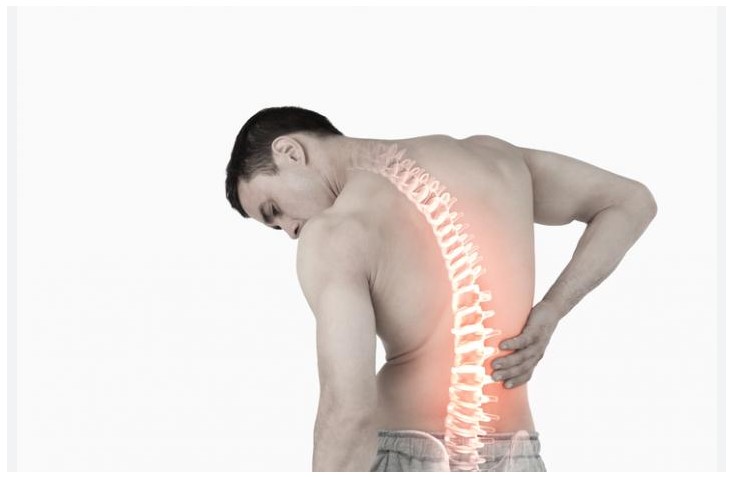
Sharp lower back pain is a common complaint among adults. It can be caused by a variety of factors, including muscle strain, poor posture, and injury. Symptoms of sharp lower back pain can range from mild to severe and can include pain that radiates down the leg, numbness, and tingling. Fortunately, there are a variety of treatment options available to help relieve the pain and discomfort associated with sharp lower back pain. In this article, we will discuss the causes, symptoms, and relief options for sharp lower back pain.
Exploring the Causes of Sharp Lower Back Pain: What You Need to Know
Lower back pain is a common complaint among adults, and it can range from mild to severe. Sharp lower back pain is a particularly unpleasant experience, and it can be caused by a variety of factors. Understanding the potential causes of sharp lower back pain can help you take steps to prevent it and seek appropriate treatment if it does occur.
One of the most common causes of sharp lower back pain is a herniated disc. This occurs when the cushioning discs between the vertebrae in the spine become damaged or weakened, allowing them to bulge out and press on the nerves in the spine. This can cause sharp pain in the lower back, as well as numbness, tingling, and weakness in the legs.
Another potential cause of sharp lower back pain is a muscle strain. This occurs when the muscles in the lower back become overstretched or torn, usually due to a sudden movement or lifting a heavy object. This can cause sharp pain in the lower back, as well as muscle spasms and difficulty moving.
In some cases, sharp lower back pain can be caused by a spinal infection. This is usually caused by bacteria or a virus, and it can cause inflammation and pain in the lower back. It can also cause fever, chills, and fatigue.
Finally, sharp lower back pain can be caused by a condition known as spinal stenosis. This occurs when the spinal canal becomes narrowed, which can put pressure on the nerves in the spine and cause pain.
If you experience sharp lower back pain, it is important to seek medical attention. Your doctor can help determine the cause of your pain and recommend appropriate treatment. Treatment may include rest, physical therapy, medications, or surgery, depending on the cause of your pain.
Understanding the Symptoms of Sharp Lower Back Pain: What to Look Out For
Sharp lower back pain can be a debilitating and uncomfortable experience. It is important to understand the symptoms of sharp lower back pain in order to identify the cause and seek appropriate treatment.
The most common symptom of sharp lower back pain is a sudden, intense pain that can range from mild to severe. This pain may be localized to the lower back or may radiate to other areas of the body, such as the buttocks, legs, or feet. Other symptoms may include muscle spasms, stiffness, and difficulty moving.
Sharp lower back pain can also be accompanied by other symptoms, such as numbness or tingling in the affected area, as well as a feeling of weakness or fatigue. In some cases, the pain may be accompanied by nausea, vomiting, or fever.
If you experience any of these symptoms, it is important to seek medical attention as soon as possible. Your doctor will be able to diagnose the cause of your pain and recommend the best course of treatment. Treatment may include rest, physical therapy, medications, or surgery, depending on the severity of the condition.
It is important to remember that sharp lower back pain can be caused by a variety of conditions, including muscle strain, herniated discs, spinal stenosis, and osteoarthritis. Therefore, it is important to seek medical attention in order to determine the cause of your pain and receive the appropriate treatment.
Conclusion
Sharp lower back pain can be a debilitating condition that can significantly impact a person’s quality of life. Fortunately, there are a variety of causes, symptoms, and relief options available to help manage the pain. It is important to consult with a medical professional to determine the underlying cause of the pain and to develop an appropriate treatment plan. With the right combination of lifestyle changes, medications, and physical therapy, it is possible to reduce the severity of the pain and improve overall quality of life.